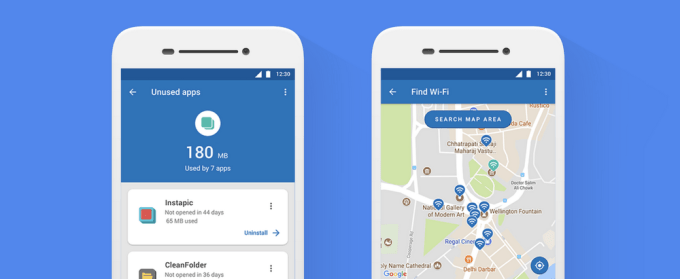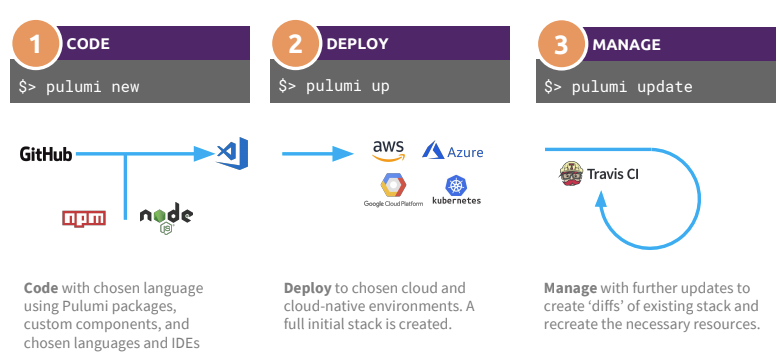In November, Google introduced Datally, a data-saving app largely aimed at emerging markets where users often rely on prepaid SIM cards, and don’t have access to all-you-can-eat unlimited data plans. The app lets users granularly control which apps can use data, which resulted in a 30% savings on data usage during pilot testing and now saves users 21%, on average. Today, Google is giving Datally an upgrade with several new features that will help users cut data usage even further.
One key feature is the introduction of daily limits, which allow you to control your data usage on a per-day basis. This one is more about creating better habits around data consumption, so you don’t accidentally burn through too much data in a day, then end up without any data left before the month ends.
This also ties into to Google’s larger push to give users more insights into their own behavior when using mobile devices, and more tools to combat the addictive nature of smartphones.
The company in May announced new time management features for Android users, as well as new features to help users silence their phones and wind down at bedtime. It also has software for parents to limit screen time for their children.
While the Datally feature is primarily about conserving data, it acknowledges that it’s often easy to get sucked into your smartphone and lose track of how much time – and then, consequently, how much mobile data – you want to spend.
Another new Datally feature lets you enable a guest mode where you control how much data someone borrowing your phone can use – helpful in those situations where phones are shared among family members.
The “Unused Apps” feature, meanwhile, highlights those apps you’ve stopped using but could still be leaking data. Google notes that, for many people, 20 percent of mobile data is from apps using data in the background that haven’t been opened for over a month. Unused Apps will find those culprits so you can uninstall them, it says.

And finally, a new Wi-Fi Map shows all the nearby Wi-Fi networks so you can find those with a good signal and stop using your mobile data.
Though Datally is aimed at helping the “Next Billion Users” come online, it’s not limited to emerging markets. Anyone concerned with data usage can give it a shot.
The new additions are rolling out to Datally today, says Google.
The Android app, which has been downloaded over 10 million times, is free on Google Play.





